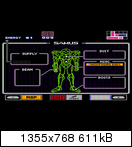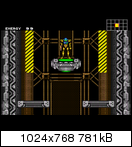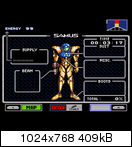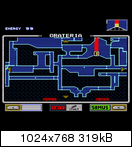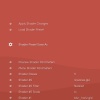@Hyllian nice to see that the metric helps you too! as I was starting with the development of ScaleFX I tested several fast methods for color metrics but this one was surely the best. yeah it costs more but still more performant than going the full way and doing a Lab-colorspace conversion. feel free to use my implementation for it. it just looks a litte convoluted since I implemented it in a way so it does 4 metric calculations at once which should be faster than doing them individually but I didn’t change the formula itself apart from inversing the result and scaling it to [0,1]. you can also get rid of the square root by squaring your threshold value which you only need to do once if it is constant. I coudn’t do it in my case since I needed to use the metric result as the output of a shader pass and without the square root there is a noticeable precision loss due to the frame buffer. here is the “clean” float4-version if you have a use for it:
float4 df(float4x3 A, float4x3 B)
{
float4x3 diff = A-B;
float4 ravg = 0.5 * (A._m00_m10_m20_m30 + B._m00_m10_m20_m30);
diff *= diff * transpose(float3x4(2.0 + ravg, float4(4), 3.0 - ravg));
return mul(diff, float3(1));
}
the result of df(A,B) is the squared difference of (A.x, B.x), (A.y, B.y), (A.z, B.z) and (A.w, B.w). maybe you have another idea to speed it up?






